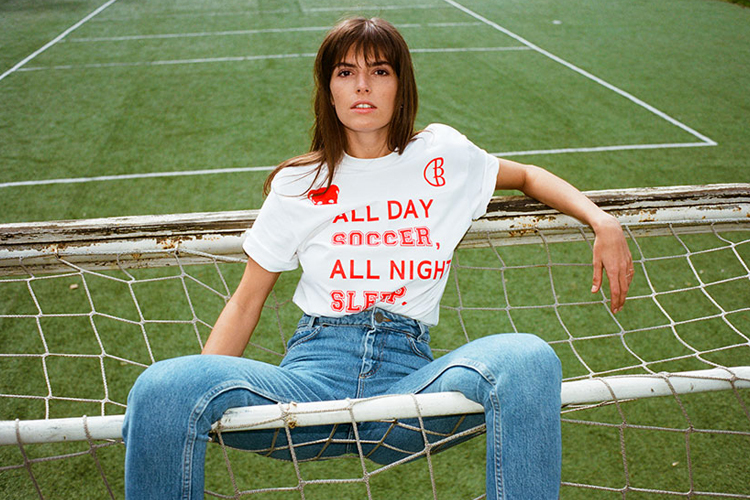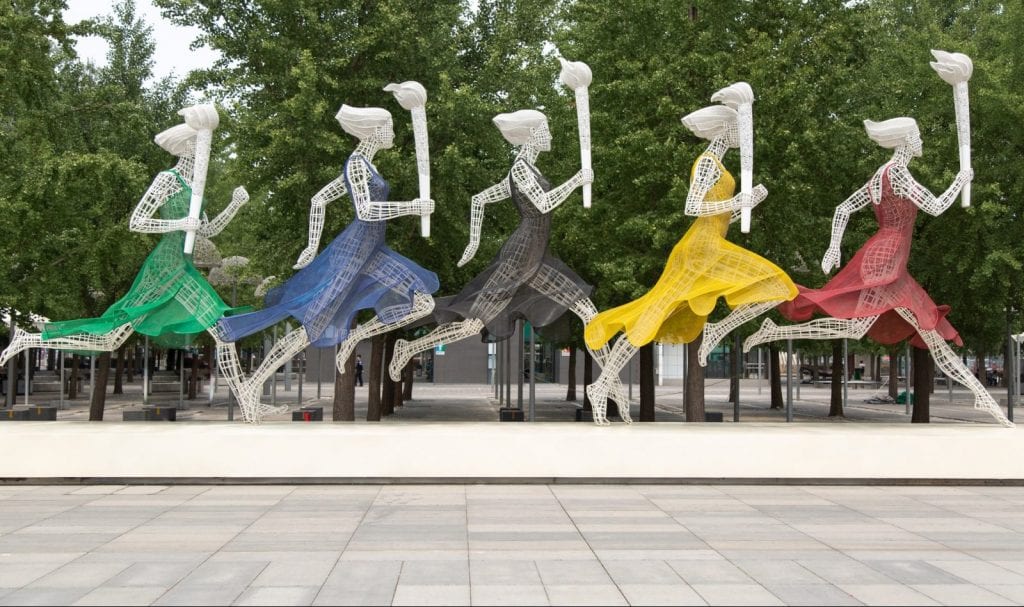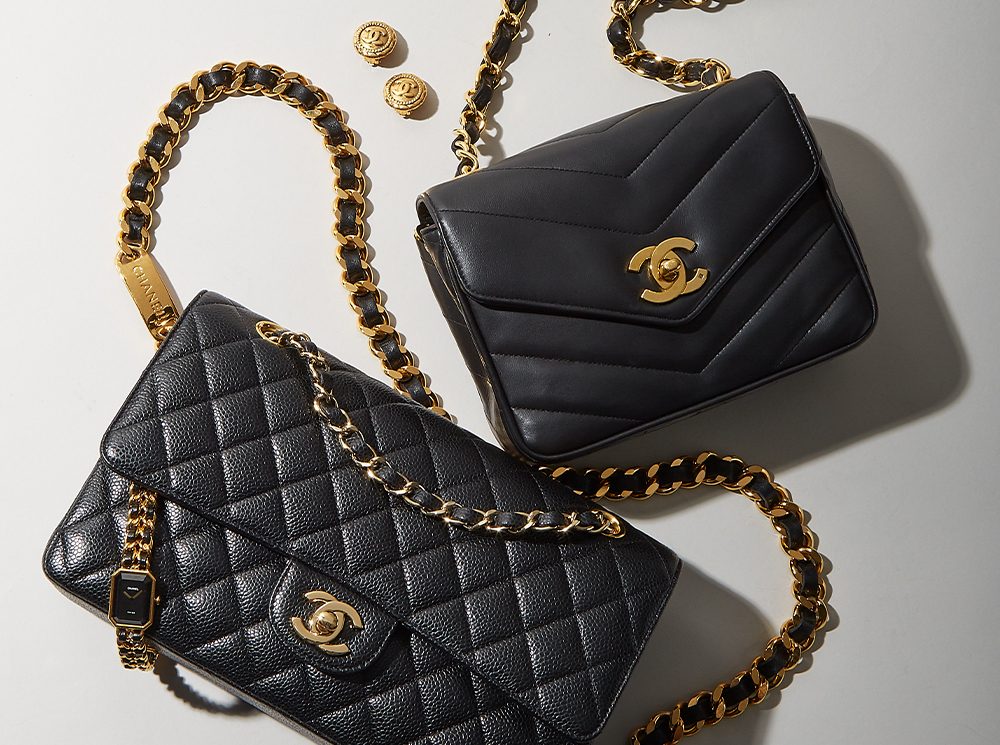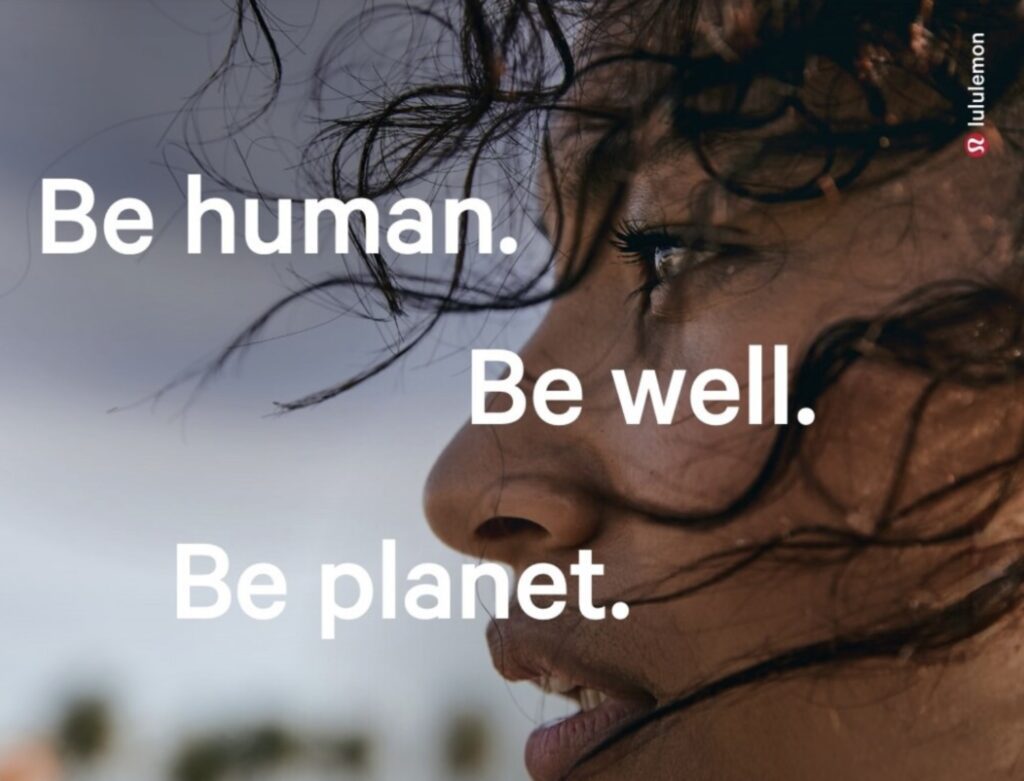
image: Yoox
The 32-team quadrennial football tournament that is the World Cup is about a lot more than the 64 games currently underway in Russia. With views that topped 3.2 billion during the 2014 games in Brazil, and more than one billion fans tuning in to watch the final between Argentina and eventual champions Germany that year, the World Cup completely outnumbers American events – like the Super Bowl, with its mere 111.3 million at-home watchers in 2017 – in terms of viewership. For brands, this is a marketing opportunity that is not being missed.
For months leading up to the start of the World Cup on June 14, fashion could be seen looking to capitalize on the momentum of international event, which takes place once every four years in a different country. As part of both of its seasonal 2018 collections, Paris-based brand Koché, for instance, put its take on Paris Saint Germain jerseys on the runway, while “Versace Football Club” scarves found their way into the Italian brand’s Fall/Winter 2018 menswear offerings.
More recently, Acne, the buzzy Swedish brand, released a football-inspired collection, as did Yoox, which commissioned 14 different brands – including Russian label Walk of Shame, Vivienne Westwood, Koche, Delpozo, Marques Almeida, and Ottolinger, just to name a few – to create a design that represents their country of origin. Meanwhile, in addition to creating the custom World Cup Trophy carrying case for the Fédération Internationale de Football Association, Louis Vuitton launched a limited edition series of duffels bags, backpacks, and small leather goods specifically for the month-long event.
Not to be outdone by any brand, sportswear rivals Nike and adidas went to the greatest lengths. Adidas, which has a deal to sponsor the event until 2030, spent more than $260 million this year on marketing and team-specific sponsorships, outfitting the teams from Argentina, Belgium, Colombia, Egypt, Germany, Japan, Mexico, Morocco, Russia, Spain, and Sweden. It also partnered with cult Russian designer Gosha Rubchinskiy for the latest capsule in the parties’ ongoing collaboration.
Nike – which is dressing 10 teams (that is 2 less than adidas) – has spent a whopping $1 billion-plus on sponsorships, including by way of that much buzzed-about Nigeria kit, as well as those for Australia, Brazil, Croatia, England, France, Poland, Portugal, Saudi Arabia, and South Korea. For fashion fans, it has rolled out collabs of its own, including a collection with Louis Vuitton and Off-White director Virgil Abloh and one that comes by way of brand new Dior Homme director Kim Jones.
The battle to outfit teams, and fans, alike, shows that the World Cup is not merely a competition on the field, but one that brands – both sportswear ones and more traditional fashion entities – are looking to get in on, particularly at a time when, as Calum Gordon wrote for Garage, “we increasingly communicate our ideals through the brands we wear” and when “fashion is best defined by Instagram and big logos” – whether they be for Gucci or the Nigerian World Cup team.











